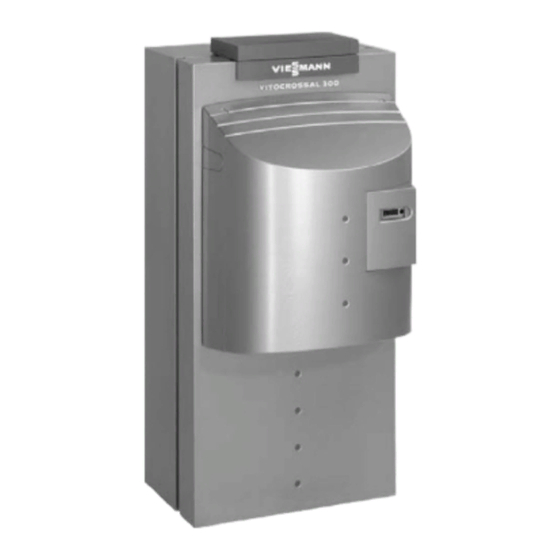
Viessmann Vitocrossal 300 Service Instructions Manual
Gas fired condensing boiler with matrix−compact gas burner, for open flue and balanced flue operation
Hide thumbs
Also See for Vitocrossal 300:
- Service instructions manual (164 pages) ,
- Service instructions for contractors (148 pages) ,
- Service manual (108 pages)
Table of Contents
Advertisement
Advertisement
Table of Contents

















Need help?
Do you have a question about the Vitocrossal 300 and is the answer not in the manual?
Questions and answers